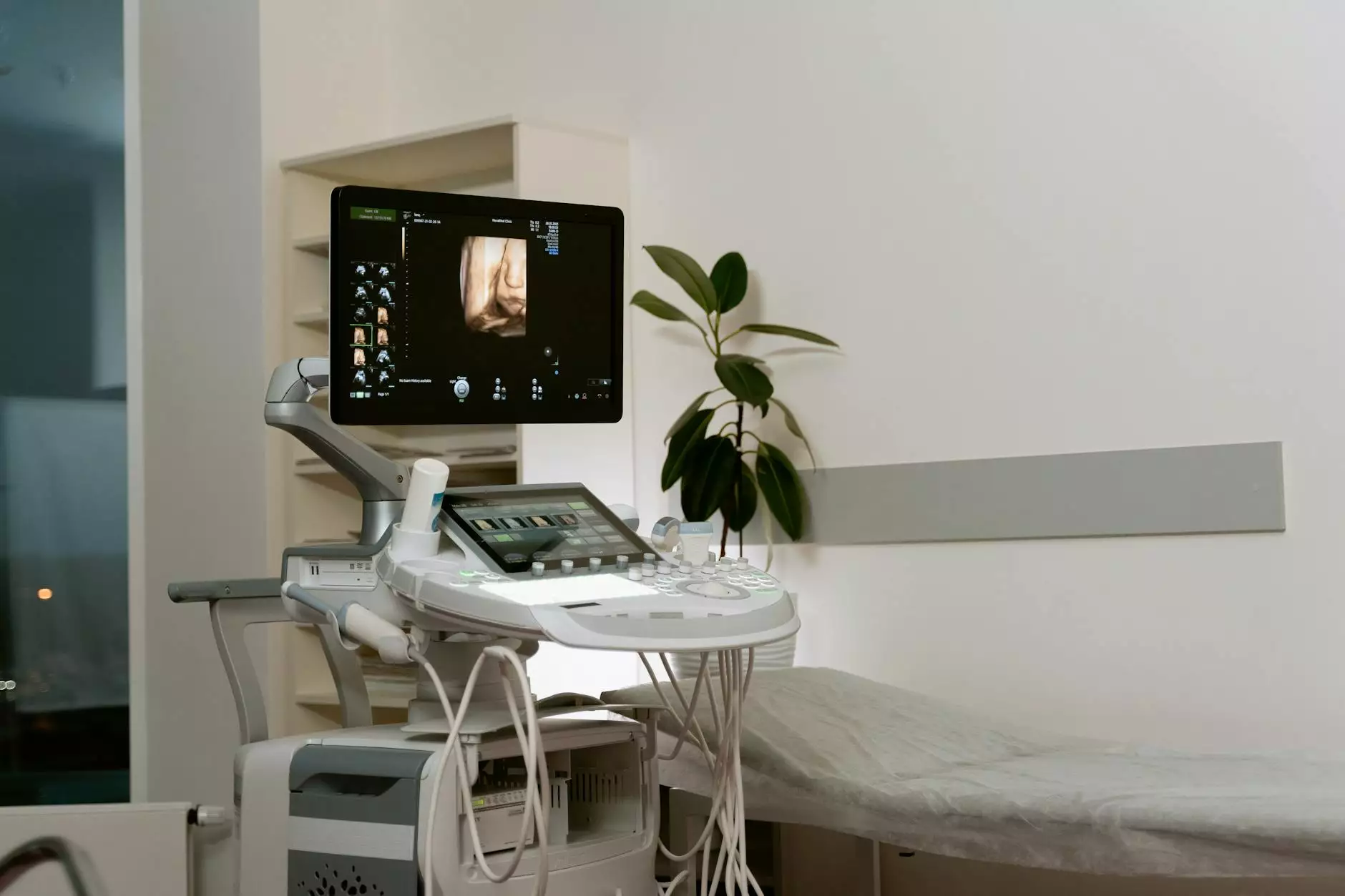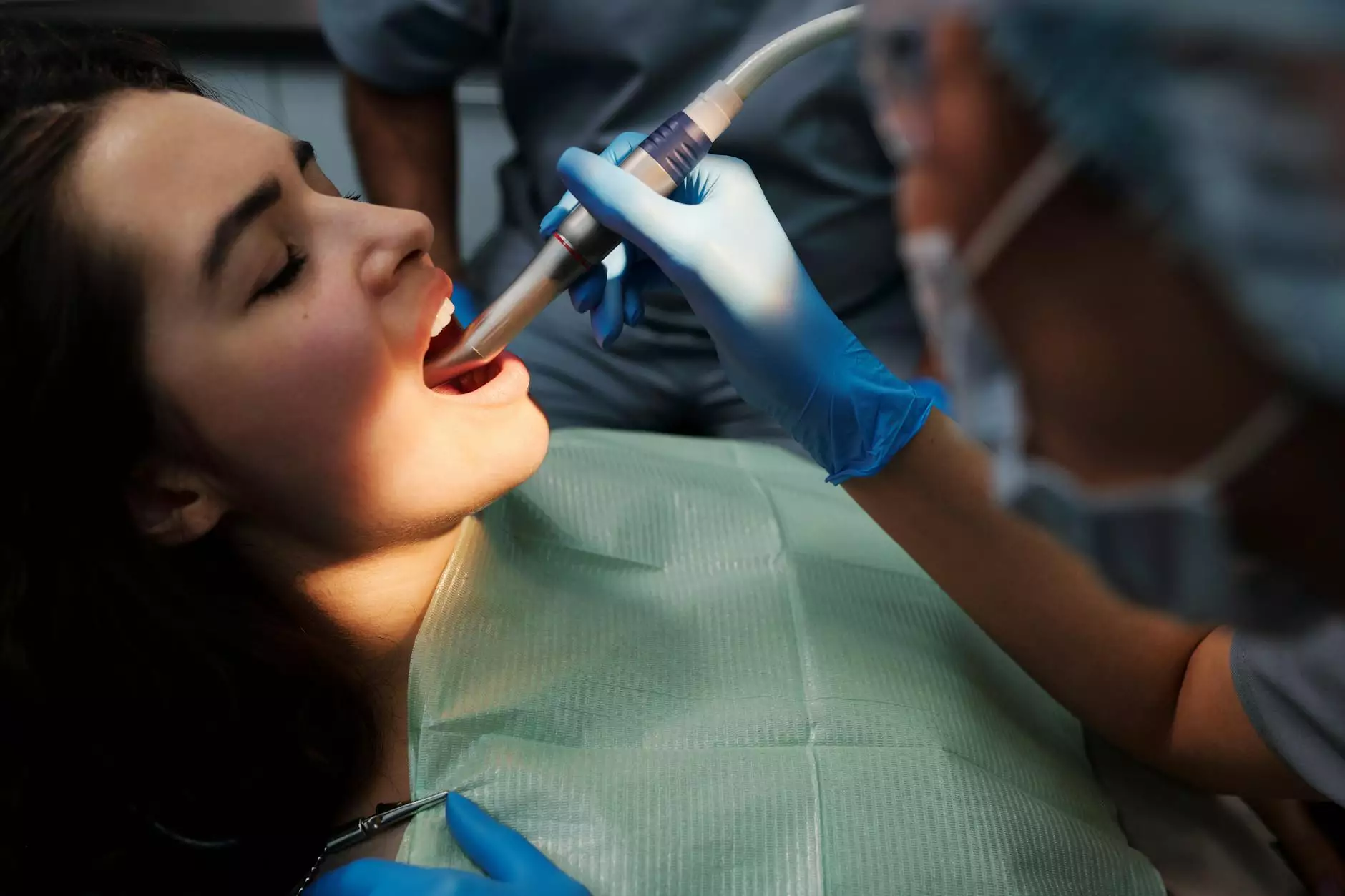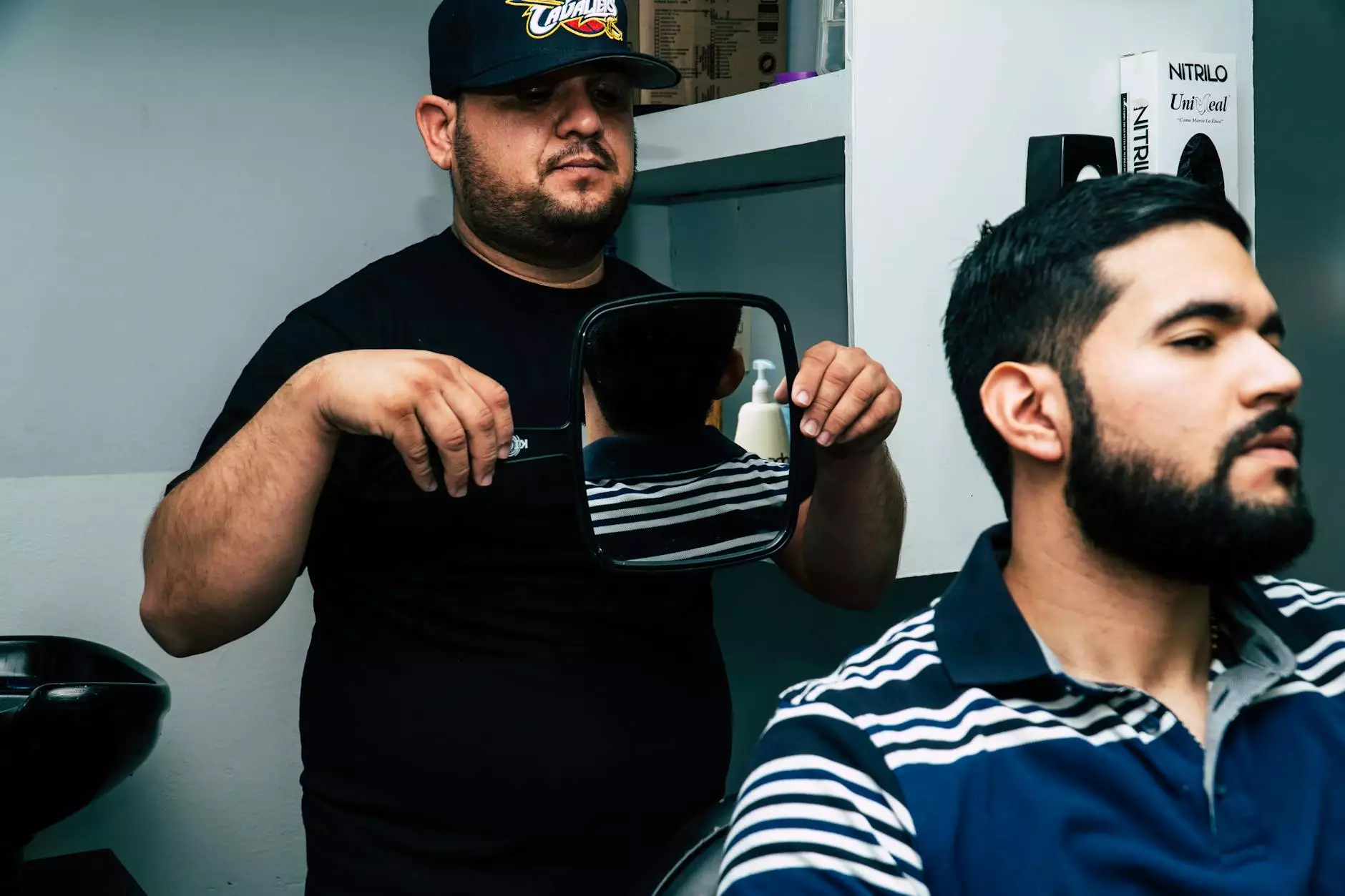Understanding Ultrasound Guided Sclerotherapy Injections

In the world of vascular medicine, the need for effective treatments for venous disorders is paramount. One such innovative treatment is the ultrasound guided sclerotherapy injections. This method plays a vital role in the management of various vascular issues, particularly for those suffering from conditions such as varicose veins or leg swelling due to venous insufficiency. This article delves deeply into what ultrasound guided sclerotherapy is, how it works, its benefits, and what patients can expect from the procedure.
What is Ultrasound Guided Sclerotherapy?
Ultrasound guided sclerotherapy is a minimally invasive procedure that involves the injection of a sclerosing agent directly into the affected vein. This procedure is primarily utilized to treat spider veins and varicose veins. The guidance of ultrasound is crucial as it allows healthcare professionals to precisely target the veins that require treatment, minimizing damage to surrounding tissues.
How Does It Work?
The process of ultrasound guided sclerotherapy injections can be broken down into several key steps:
- Consultation: The patient undergoes an initial consultation where a thorough examination is performed. This may involve a history of symptoms, physical examination, and possibly an ultrasound to assess the veins.
- Preparation: On the day of the procedure, patients are advised to wear comfortable clothing and avoid any active medications that might thin the blood, unless prescribed by a doctor.
- Ultrasound Imaging: The physician uses ultrasound technology to visualize veins in real-time. This imaging is fundamental as it helps in identifying the exact locations of the problematic veins.
- Injection: The sclerosing agent is injected into the targeted vein via a thin needle. The agent works by irritating the inner lining of the vein, causing it to close and eventually be absorbed by the body.
- Compression: After the injections, compression bandages or stockings are typically applied to help keep pressure on the treated areas and promote healing.
Benefits of Ultrasound Guided Sclerotherapy
Choosing ultrasound guided sclerotherapy injections offers numerous advantages over traditional methods of vein treatment:
- Minimally Invasive: The procedure requires no incisions, significantly reducing the risk of infection and promoting quicker recovery.
- Precision: The ultrasound technology allows for accurate targeting of veins, ensuring better treatment outcomes.
- Quick Recovery: Patients can often return to their daily activities shortly after the procedure, making it a convenient option for many.
- Effective Results: Many patients experience significant improvement in the appearance of their veins and a reduction in associated symptoms, such as pain and swelling.
- Long-Lasting Effects: With proper post-procedure care, the results of sclerotherapy can be long-lasting, though some patients may require follow-up treatments.
Who is a Candidate for Ultrasound Guided Sclerotherapy?
Ultrasound guided sclerotherapy is suitable for a broad range of patients. Ideal candidates typically include:
- Individuals suffering from spider veins or varicose veins.
- Patients who are seeking a non-surgical option for vein treatment.
- Individuals who have realistic expectations about the outcomes of the procedure.
- People who are in good overall health, have no allergies to the sclerosing agent, and are not pregnant or nursing.
What to Expect During the Procedure?
While the thought of undergoing any medical procedure can be daunting, understanding what to expect during ultrasound guided sclerotherapy injections can ease some of the anxiety:
- The procedure typically lasts between 30 to 60 minutes, depending on the number of veins being treated.
- Patients are generally awake and alert during the procedure as it is performed under local anesthesia.
- Some patients may experience mild discomfort or a sensation of cramping at the injection site.
- Post-injection instructions usually include walking to promote circulation and wearing compression stockings for a specified period.
Recovery After Ultrasonically Guided Sclerotherapy
Recovery from ultrasound guided sclerotherapy is typically straightforward:
- Patients are encouraged to walk immediately after the procedure to promote blood flow.
- Compression garments should be worn as directed, usually for several days to two weeks post-treatment.
- Brushing off any strenuous physical activities or long periods of standing or sitting for at least a few days, as instructed by the physician.
- Follow-up appointments are essential to monitor progress and determine if additional treatments are necessary.
Potential Side Effects
Like any medical procedure, ultrasound guided sclerotherapy injections may carry risks and side effects, although they are generally mild and temporary:
- Bruising: Some patients may experience bruising at the injection site, which usually resolves within a few weeks.
- Darkening of the Skin: Hyperpigmentation may occur but often fades over time.
- Allergic Reactions: While rare, some individuals may be allergic to the sclerosing agent used.
- Phlebitis: Inflammation of the treated vein can occur but is usually managed effectively.
- Deep Vein Thrombosis: Although rare, blood clots can form in deeper veins, necessitating immediate medical attention if symptoms arise.
Conclusion: Is Ultrasound Guided Sclerotherapy Right for You?
If you are struggling with vein issues and seeking a reliable and effective treatment option, ultrasound guided sclerotherapy injections might be a suitable choice. This innovative procedure offers precision, minimal invasiveness, and significant benefits for those affected by venous disorders. It is essential to discuss with qualified professionals, such as those at Truffles Vein Specialists, to determine whether you are a good candidate for sclerotherapy and to understand the individual risks and benefits.
In conclusion, ultrasound guided sclerotherapy represents a significant advancement in the treatment of venous issues, combining expert imaging technology with proven therapeutic agents. Consequently, embracing this option could lead not only to improved aesthetics but also to enhanced overall vascular health.









